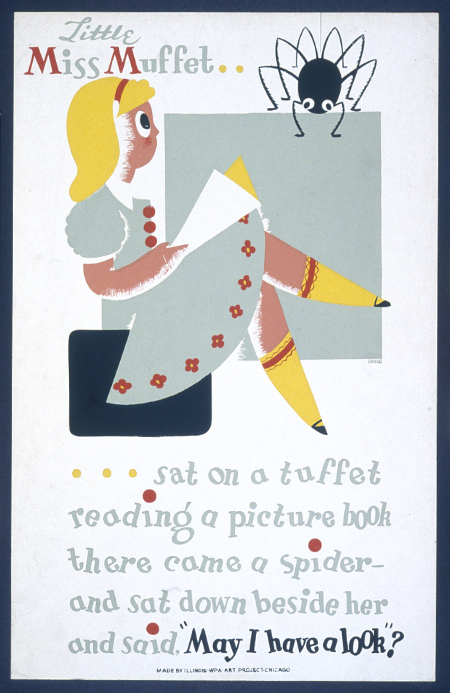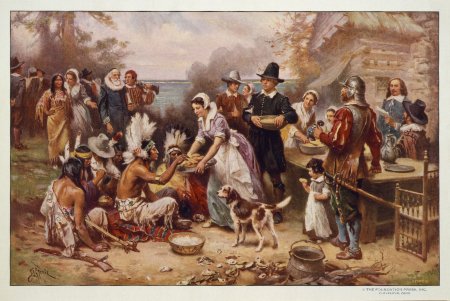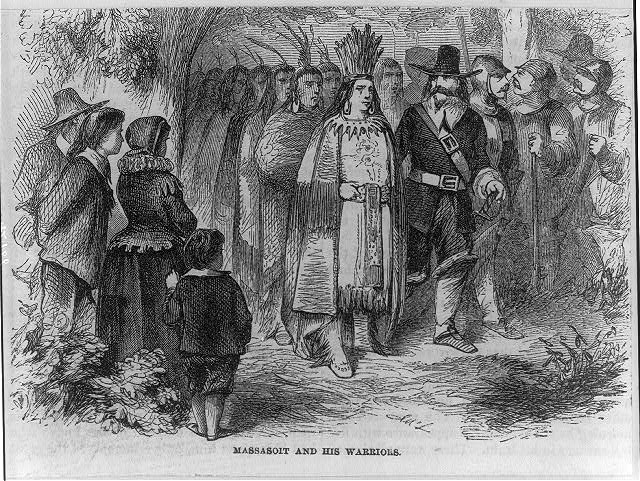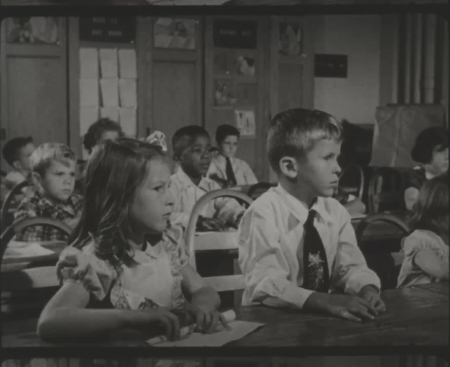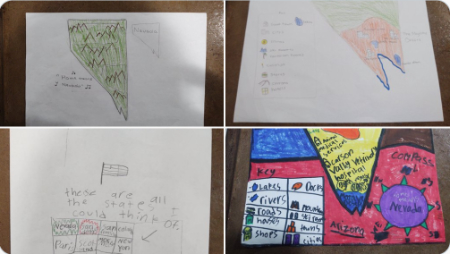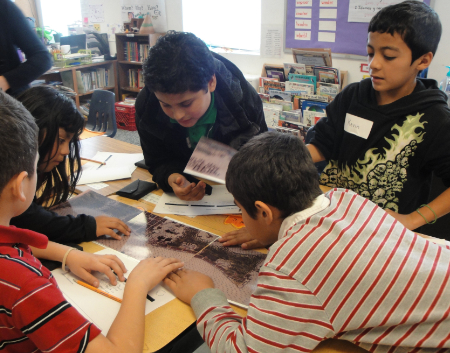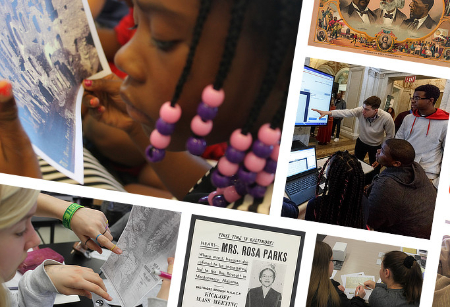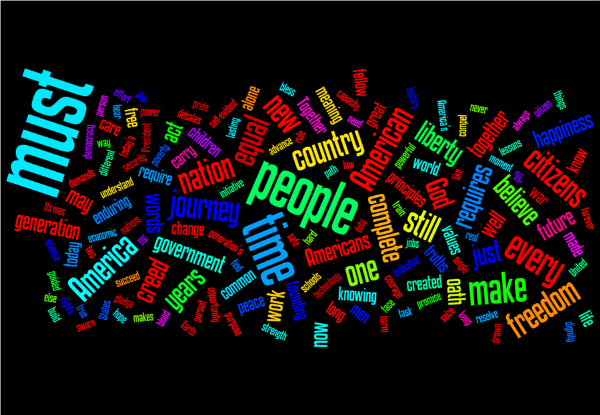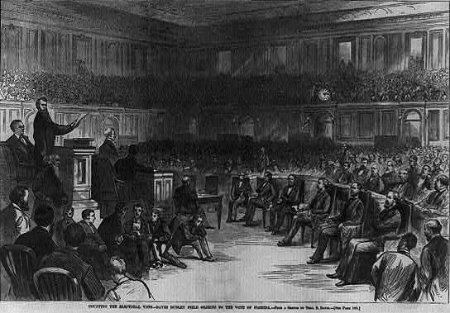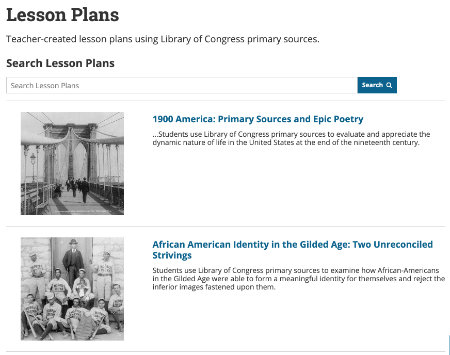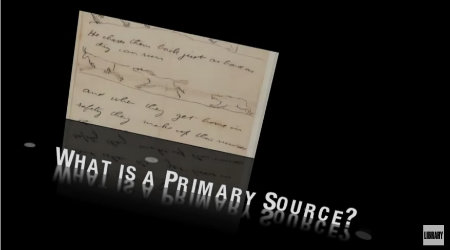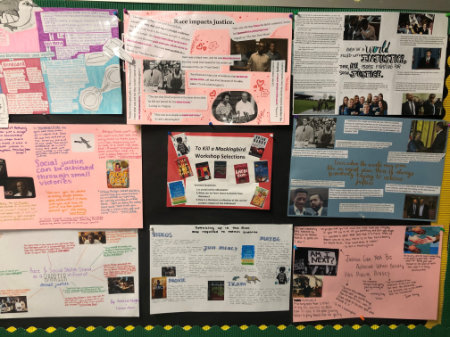Literature Links: Book Backdrops
Book Backdrops are teacher-curated primary source sets linked to books and accompanied by teaching ideas and/or teaching notes. They are continually added to the TPS Teachers Network using the album tool. A sampling of some great ones are listed below. All of the ones included here are accessible by anyone. But if you want to…

